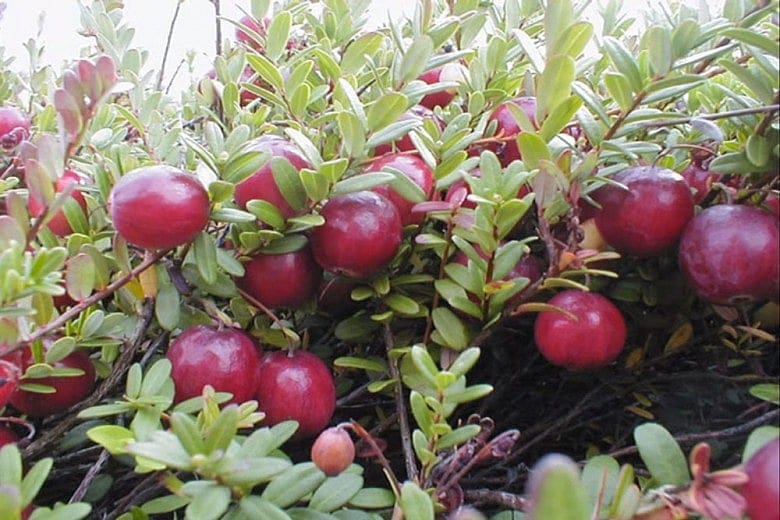Cranking out cranberries for 10 generations

Thanksgiving is around the corner, and cranberries are popping up everywhere: in sauces both jellied and stewed, mixed into roasted vegetables and salads, and baked into desserts. With all the seasonal attention lavished on the little red berries, the more philosophical diner might wonder how they are grown and harvested. It so happens that the family of Fred Bottomley, owner of Fairland Farm, has been pondering and producing cranberries ever since the first Thanksgiving.

